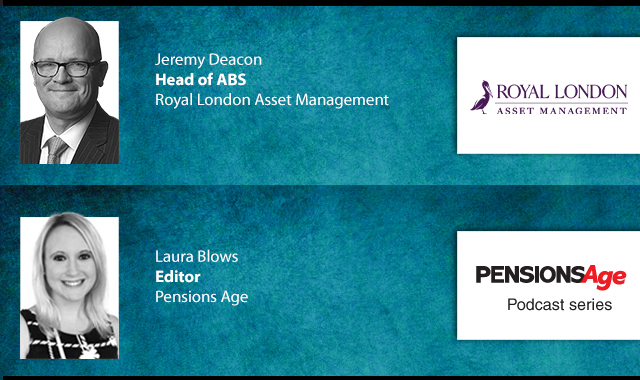The diverse charge structure among workplace pension schemes is “not straightforward” and can cause accuracy issues for advisers, Defaqto has reported.
According to a new guide on analysing workplace pension default funds, published today 25 April, by Defaqto and Nest, ascertaining exactly what is being charged by each pension scheme is “not always easy” making like-for-like comparisons problematic for advisers.
The guide stated that “one area where workplace pension schemes are leading by example is the use of the maximum equivalent default fund annual management charge (AMC) which is set at 0.75 per cent per annum”.
Nonetheless, Defaqto and Nest highlighted the fact that different providers hold different fee structures, which can lead to difficulty in distinguishing what is being charged for each element. Some providers set a standard fee, while others charge a combination of fees.
This lack of clarity can impact the accuracy of information given by advisers as all costs must be included in their research, to provide advice that results that point to the best value for money.
In addition, the “compounding effect” of costs over time is also something advisers need to consider, the guide noted. “Advisers should consider the suitability of any fee structure recommended and document how they are evidencing ‘value for money’ for both the employer and the employees.”
Schemes are also encouraged to consider how the fee structure fits with the regulators’ desire for ‘clarity of cost’ and whether it is comparable to other schemes.
Moreover, the guide put emphasis on the need for advisers to have access to at least five years of a schemes’ performance data to be able to make an accurate judgement.
Anything less than three years’ performance is “insufficient to draw any meaningful conclusion; ideally, one should be looking at five or more years,” Defaqto said.
“Default funds are now producing over five years of performance data. This gives advisers the facts to make evidence based recommendations.”
Latest News
-
Master trusts in the lead on guided retirement duty preparations
-
Major pension changes expected by 2035; DC concerns remain centre stage
-
Balance between choice and protection in guided retirement duty
-
Three-quarters of trustees believe there is ‘more to consider’ on DB Funding Code
-
DC growth helps UK pensions maintain leading position in UK asset share
-
PMI updates qualifications framework in bid to raise industry standards
Private markets – a growing presence within UK DC
Laura Blows discusses the role of private market investment within DC schemes with Aviva Director of Investments, Maiyuresh Rajah
The DB pension landscape
Pensions Age speaks to BlackRock managing director and head of its DB relationship management team, Andrew Reid, about the DB pensions landscape
Podcast: Who matters most in pensions?

In the latest Pensions Age podcast, Francesca Fabrizi speaks to Capita Pension Solutions global practice leader & chief revenue officer, Stuart Heatley, about who matters most in pensions and how to best meet their needs
Podcast: A look at asset-backed securities

Royal London Asset Management head of ABS, Jeremy Deacon, chats about asset-backed securities (ABS) in our latest Pensions Age podcast
© 2019 Perspective Publishing Privacy & Cookies










Recent Stories